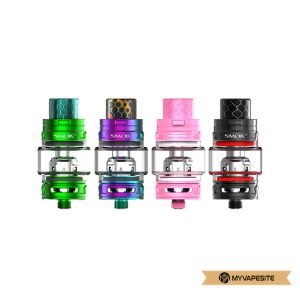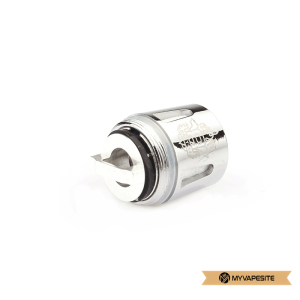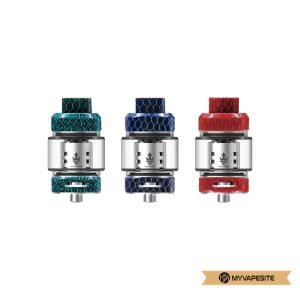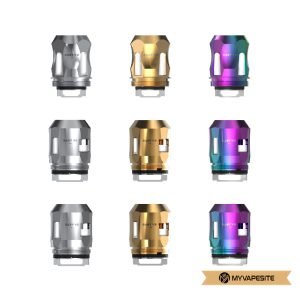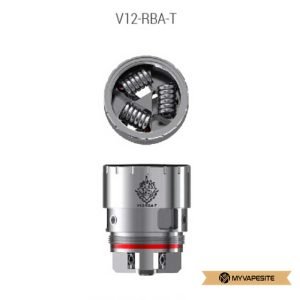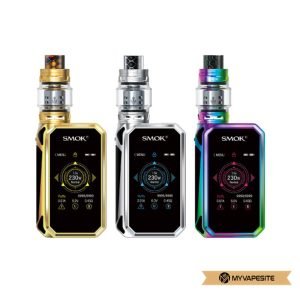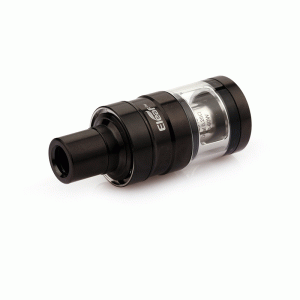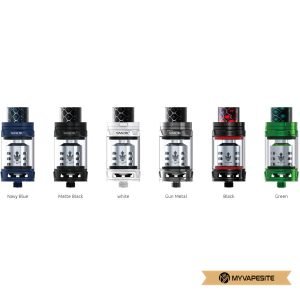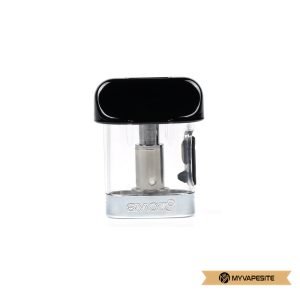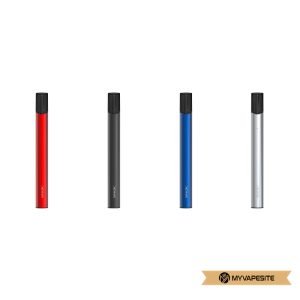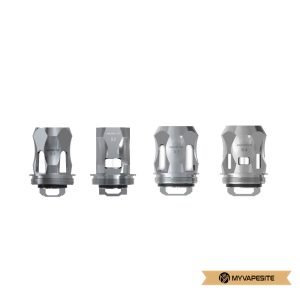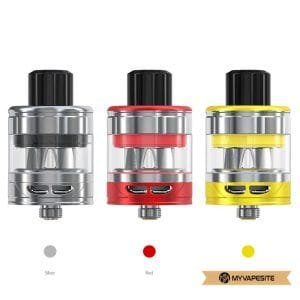- Sale!
The impact of the European Tobacco Products Directive (TPD) on the e-cigarette market
With the increasing popularity of E-cigarettes the regulation of the industry has become more important in Europe. The European Union passed 2014 the Tobacco Product Directive (Tobacco Products Directive, TPD), which aims at this, the production, the sale and presentation of tobacco- and related products, including e-cigarettes, to regulate. The implementation of the TPD has far-reaching effects on the e-cigarette market, which are explained in more detail below.
The TPD promotes a uniform standard for the quality and safety of e-cigarettes, which should ultimately increase consumer confidence. Manufacturers are obliged, to subject their products to rigorous testing, to ensure, that they meet health requirements and potential risks are minimized.
Important regulations of the TPD
- Safety and quality of products The TPD specifies, that all e-cigarettes come under specific safety standards- and quality standards must be produced. This ensures, that consumers are protected when consuming e-cigarettes. Manufacturers must test their products thoroughly, to identify and avoid potential health risks.
In addition, these regulations are intended to contribute to this, that only high-quality products reach the market. The focus is on that, ensure, that the products do not contain any harmful ingredients and that users are protected from dangers.
- Nicotine Concentration and Volume Restrictions According to the TPD, e-liquids may have a maximum nicotine concentration of 20 Do not exceed mg/ml. This is an important measure, about the consumption of nicotine, especially among young people and non-smokers, to reduce.
Additionally, there are limits on the volumes of e-liquids and refillable containers. E-liquids are allowed a maximum 10 ml and refillable tanks maximum 2 ml. This regulation aims to do that, to control users' nicotine intake and reduce the appeal of large packaging to minors.
- Packaging and labeling The TPD requires, that all e-cigarettes must be sold in child-resistant and tamper-proof packaging. Packaging must contain clearly legible health warnings and information about nicotine content. These measures are intended to ensure, that consumers are aware of the potential risks.
These labeling requirements also increase transparency in the e-cigarette market. Consumers receive the necessary information, to make informed decisions, thereby promoting user safety.
- Notification obligations Manufacturers are obliged, new products must be reported to the responsible authorities six months before their market launch. This notification includes detailed information about the product, including ingredients and toxicological data, to ensure transparency and traceability.
This regulation allows the authorities, to check and ensure the new products, that they comply with the TPD specifications. This contributes to a safe market environment for e-cigarettes and protects consumers from potentially harmful products.
- Advertising Restrictions The TPD imposes strict restrictions on the advertising and promotion of e-cigarettes, similar to conventional tobacco products. These measures are aimed at this, reduce the appeal of e-cigarettes to young people and reduce the prevalence of use.
The advertising restrictions are intended to prevent, that e-cigarettes are presented as an attractive alternative to smoking. These regulations are crucial, to minimize the health risks of consumption and ensure responsible marketing.
Impact on the market
The implementation of the TPD has brought about significant changes in the e-cigarette market in Europe. The directive promotes product standardization and places an increased focus on consumer safety. Many manufacturers have reformulated and adapted their products, to meet the requirements of the TPD, which influences the variety of products available.
In addition, the TPD leads to greater responsibility for manufacturers and retailers, ensure, that their products comply with applicable regulations. This not only leads to an increase in product quality, but also to more conscious consumer behavior among users.
The main goal of the TPD is to protect public health, especially from young people. The directive aims to do this by regulating the sale and marketing of e-cigarettes, minimize potential health risks. Compliance with these regulations is crucial for manufacturers and retailers in the EU.
The TPD contributes to this, to create a safer market for alternative nicotine products and raise awareness of the risks of consumption. Ultimately, consumers benefit from the strict regulations, that aim at this, to ensure the quality and safety of e-cigarettes.




